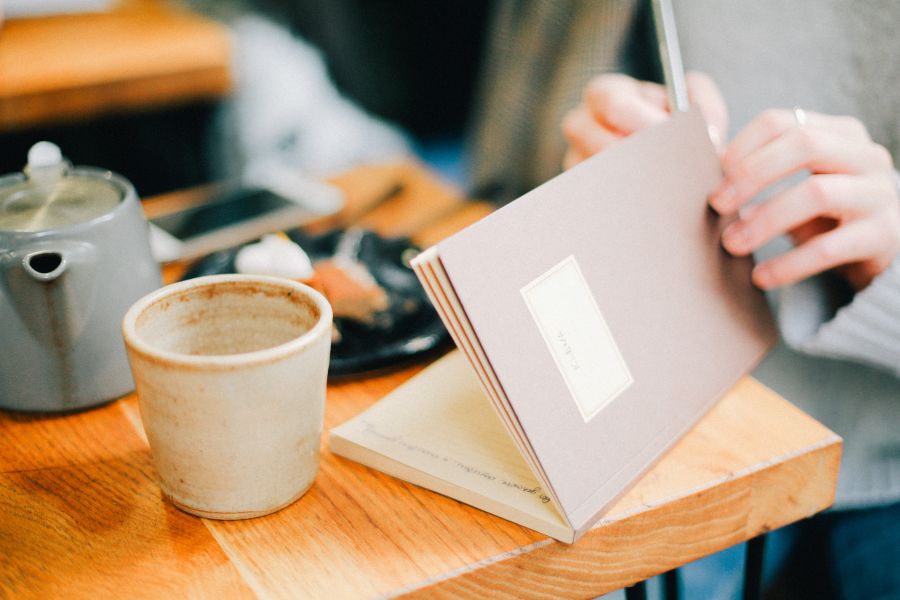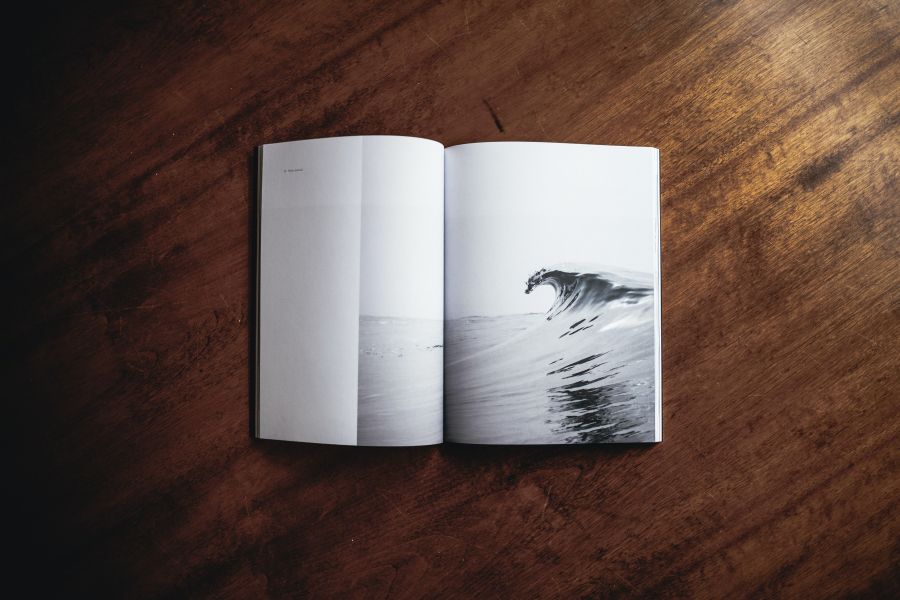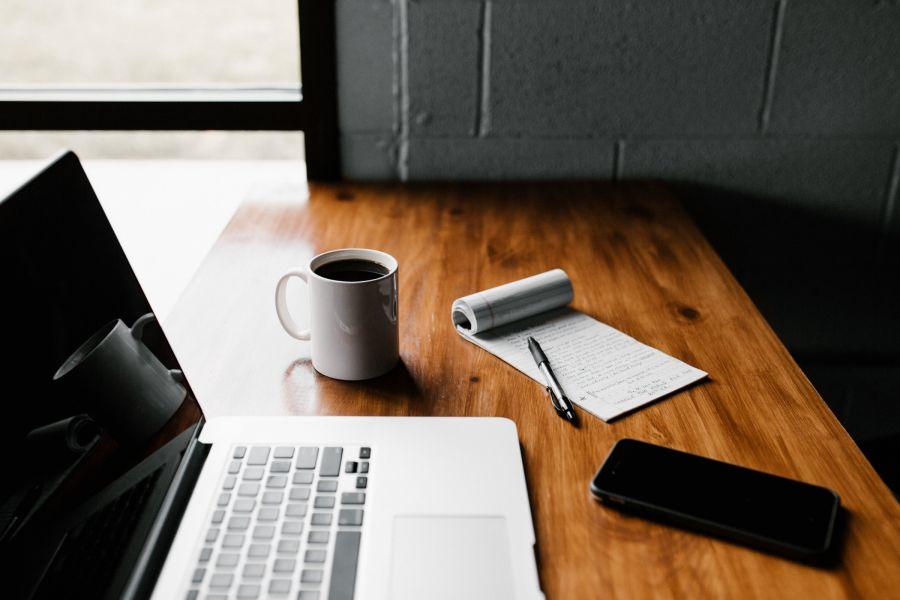篇一:沈阳故宫导游词英文版
Hello, everyone! Please allow me to express a warm welcom#e on behalf of Shenyang citizens. I'm with great pleasure to be your tourist guide and from now on I will show you around Shenyang Imperial Palace, where the founder of Qing Dynasty Nuerhachi and his son Huangtaiji lived.
Shenyang Imperial Palace, Fuling tomb and Zhaoling Tomb made in the early period of Qing Dynasty are the three famous historical sites in Shenyang. Shenyang Imperial Palace with a history of over 360 years started in 1625 and was roughly accom#plished in 1636 during the reign of Nuerhachi and Huangtaiji. After them four emperors of Qing Dynasty had com#e back from Beijing to this palace for 10 times and enlarged its area and added its buildings. They were Emperor Kangxi, Qianlong, Jiaqing and Daoguang. Therefore, until 1783 the palace was finally finished. Shenyang Imperial Palace is one of the two royal palaces well kept in China. The other one is Forbidden City in Beijing. Shenyang Imperial Palace was entitled "Historic Culture Relics Preserved Buildings" in 1961 by the State Council. This palace is an emperor museum com#bining the architectural styles of the minorities of Man, Han and Mongolia. This palace covers an area of 60,000 square meters, com#prising over 20 courtyards, 300 houses and 70 buildings. The whole construction is divided into three sections: the east, middle and west.
First let's pay a visit to the buildings in the buildings in the middle section. The layout of middle section is similar to a Chinese com#pound with three courtyards. The first courtyard is the office area. It starts from the Grand Qing Gate on the south and ends at Holy Administration Hall. From Phoenix Tower to Purity and Tranquility Hall is the residential area. They all lay out on the same line. The main entrance to the palace is the Grand Qing Gate, also called Meridian Gate because the emperor considered himself as the son of Heaven and the palace should be the center of universe .The Grand Qing Gate was built in 1632 and is was the place where the civilian officials and military ministers to present themselves before the emperor daily .The special feature of the gate is the tile color. They are all yellow tiles but engraved with green borders. Yellow symbolizes the ground and the royal right while green represents sea and mountains. The com#bination of them means controlling the vast areas on the earth. The building to the east of Grand Qing Gate is called Ancestor Temple (Taimiao) with yellow tile roof, where Nuerhachi's descendants offered sacrifices to their ancestors for blessings. So Ancestor Temple is the most important. Please follow me into the gate. This path in the middle links the gate to Holy Administration Hall with Flying Dragon Pavilion (Feilongge) and Flying Phoenix Pavilion (Xiangfengge) on each side. The Hall of Holy Administration is the main building in the middle part of the palace and it was the center of the military, administrative affairs in early Qing Dynasty and had witnessed many national ceremonies. Flying Dragon and Flying Phoenix Pavilions were for storing music instruments. Holy Administration Hall was Emperor Huangtaiji's office. In front of the hall are Rigui and Jiangliang, which were used as measure instruments and supposed to be the symbol of unity. In accident construction, office area is usually in the front part and residential area is in the rear.
Since we have visited the place where the Emperors worked and now we'll pay a visit to the place where empress and concubines lived. Here is the Phoenix Tower. It served as an entrance to the rear chambers and also the entertainment area of Huangtaiji and his concubines, and some gatherings or banquets were held occasionally. The tower was built on a terrace 3.8 meters tall. It was the tallest building in Shenyang at that time .It is amazing watching sunrise in the morning on the tower and Phoenix Sunrise is one of the famous Eight fascinating Scenes in Shenyang. Look upward, we will see a board hanging up on Phoenix Tower ,on which Emperor Qianlong inscribed "Ziqidonglai", which meant the Qing Dynasty in Beijing immigrated from Shengjing, the old name for Shenyang to the east .There are 24staircases leading to Phoenix Tower representing 24 seasonal divisions points in Chinese lunar calendar.
Now notice the pole standing right in the middle of the courtyard. This red pole is called Suolun pole, or Holy Pole. Its round tin container near the top was filled with food for feeding crows. It was said that Nuerhachi was saved by crows. Crows are considered sacred in Manchurian culture though in Chinese culture crows are regarded as birds bringing bad luck. Emperor Huangtaiji had four concubines. Among the four concubines Chen was loved best by Huangtaiji and Concubine Zhuang was the wisest and the mother of the next emperor, Fulin. Therefore, she had a special status among the concubines. The only chimney was built on the rear of Purity and Tranquility hall from the ground with 11 layers, representing the 11 emperors from Emperor Huangtaiji to the last emperor Puyi. This chimney was the highest one at that time. In Chinese, the sound of chimney "tong" is the same as that of unity. To the north further is rear courtyard called Yuhua Garden. After visiting the middle section of the palace, we com#e to the eastern section. Its representative building is the Great Administration Hall, flanked by Ten Princes Pavilions. This part was built in 1625, and they were the earliest building in Shenyang Imperial Palace. Great Administration Hall is the place ceremonies and handled state affairs. Great Administration Hall was built with eight sides representing the style of military tent and also Eight Banner military system.
Now please look at the ten pavilions, five on each side, which were the offices of the com#manders at that time. Here I will give you an introduction to the military system of early Manchurian Period. Nuerhachi divided his troops in four parts and each part was identified by the color of its banner .There sere then four kinds of banner: red, blue, white and yellow banner. As the troops expanded quickly, another four parts were added and therefore another four kinds of banner were needed .By then there were altogether eight kinds of banner. This army was therefore well known for Eight Banner Army.
The last part of Shenyang Imperial Palace is the western section, built from 1782 to 1783 and during Emperor Qianlong's reign. Its main construction is Book Source Pavilion (Wensuge) with Theater Platform and Good Descendant-benefiting Hall (Jiayintang) in front, Prosperity Administration Study (Yangxizhai) and Nine Halls behind. Book Source Pavilion (wensuge) was specially designed for storing the encyclopedia com#piled at that time, Si Ku Quan Shu. This encyclopedia collected most of the books in Chinese history .Its com#plication started in 1773.This set of history books is com#posed of seven sections, more than 36,000 volumes. It took educated persons over 10 years to finish is. When finished, the whole encyclopedia was duplicated in seven pavilions across China. The other six copies were either damaged during wars or lost. This set is the only one well kept. But the real copy is no longer here and now is restored in the Palace Museum in Beijing and Gansu province library. We can see that Book Source Pavilion covered with black tiles. In Chinese philosophy, black refers water. The pavilion was built for storing books and its biggest threat was fire. So black tiles hinting water covering it on the top as a way of protection. Good Property Admiration Study was for Emperor reading while Descendant-benefiting Hall and the Theater Platform consisting of a courtyard for Emperor ,his empress and concubines watching plays. Shenyang Imperial Palace is one of the cultural relics in China and it is the symbol of this city. It is a good com#bination of different nationalities as well as a tourist attraction.
And now we have to end our visiting, I hope you all enjoy it and thank you for your cooperation, goodbye.
篇二:沈阳故宫导游词英文版
Hello,everyone!Please allow me to express a warm welcome on behalf of Shenyang citizens.I'm with great pleasure to be your tourist guide and from now on I will show you around Shenyang Imperial Palace,shere the founder of Qing Dynasty Nuerhachi and his son Huangtaiji lived.Shenyang Imperial Palace ,Fuling tomb and Zhaoling Tomb made in the early period of Qing Dynasty are the three famous historical sites in Shenyang .
Shenyang Imperial Palace with a history of over 360 years started in 1625 and was roughly accomplished in 1636 during the reign of Nuerhachi and HuangTaiji. After them four emperors of Qing Dynasty had come back from Beijing to this palace for 10 times and enlarged its area and added its buildings.They were Emperor Kangxi,Qianlong,Jiaqing and Daoguang.Therefore,until 1783 the palace was finally finished.
Shenyang Imperial Palace is one of the two royal palaces well kept in China.The other one is Forbidden City in Beijing.Shenyang Imperial Palace was entitled "Historic Culture Relics Preserved Buildings" in 1961 by the State Council.This palace is an emperor museum combining the architectual styles of the minorities of Man,Han and Mongolia.
This palace covers an area of 60,000 square meters,comprising over 20 courtyards,300 houses and 70 buildings.The whole construction is divided into three sections: the east, middle and west.
First let's pay a visit to the buildings in the buildings in the middle section.The layout of middle section is similar to a Chinese compound with three courtyards.The first courtyard is the office area.It starts from the Grand Qing Gate on the south and ends at Holy Administration Hall.From Phoenix Tower to Purity and Tranquility Hall is the residential area.They all lay out on the same line.
The main entrance to the palace is the Grand Qing Gate,also called Meridian Gate because the emperor considered himself as the son of Heaven and the palace should be the center of universe .The Grand Qing Gate was bulilt in 1632 and is was the place where the civilian offcials and military ministers to present themselves before the emperor daily .The special feature of the gate is the tile color.They are all yellow tiles but engraved with green borders.Yellow synbolizes the ground and the royal right while green represents sea and mountains.The combination of them means controlling the vast areas on the earth.
The building to the east of Grand Qing Gate is called Ancestor Temple(Taimiao)with yellow tile roof,where Nuerhachi's descendants offeredsacrifices to their ancestors for blessings.So Ancestor Temple is the most important.
Please follow me into the gate.This path in the middle links the gate to Holy Administration Hall with Flying Dragon Pavilion (Feilongge) and Flying Phoenix Pavilion(Xiangfengge) on each side.The Hall of Holy Administration is the main building in the middle part of the palace and it was the center of the military,administrative affairs in eatly Qing Dynasty and had witnessed many national ceremories.Flying Dragon and Flying Phoenix Pavilions were for storing music instruments.
Holy Administration Hall was Emperor Huangtaiji's office.In front of the hall are Rigui and Jiangliang,which were used as measure instruments and supposed to be the symbol of unity.
In accient construction,office area is usually in the front part and residential area is in the rear.Since we have visted the place where the Emperors worked and now we'll pay a visite tothe place where empress and concubines lived.Here is the Phoenis Tower.It served as an entrances to the rear chambers and also the entertainment area of Huangtaiji and his concubines,and some gatherings or banquets were held occasionally.The tower was built on a terrace 3.8 meters tall.It was the tallest building in Shenyang at that time .It is amazing watching sunrise in the morning on the tower and Phoenix Sunrise is one of the famous Eight fascinating Scenes in Shenyang.
Look upward ,we will see a board hanging up on Phoenix Tower ,on which Emperor Qianlong inscribed "Ziqidonglai",which meant the Qing Dynasty in Beijing immigrated fron Shengjing,the old name for Shenyang to the east .There are 24staircases leading to Phoenix Tower representing 24 seasonal divisions points in chinese lunar calendar.In Shenyang Imperial palace chambers are higher than halls, which is contrary to the architectural style in Forbidden city in Beijing.
Walking through the tower are the rear chambers.The one on the north in the middle was called Purity and Tranquility Hall,which was prepared for emperor and empress.The other four lying on both sides were fo concubines .Purity and Tranquility Hall has five rooms and the First from the east was where Huangraiji passed away here at the age of 52 without any disease.His throne passed to his ninth son,Fulin.In early Qing Dynasty,the construction style was summed up like this: bag-like house,zigzag bed and chimney sitting on the ground.The main buildings here were different from other buildings with a door was opende in the wall of the east room and the other rooms were connected together like a bag.The zigzag beds,made of mud and brick and with fire and smoke tunnels were called"kang"in Chinese.In order to get heat and keep room warm in winter,tunnels was made under the ground of Purity and Tranquility Hall to put fire and smoke through .Now notice the pole standing on the ground for smoke through.Now notice the pole standing right in the middle of the courtyard.This red pole is called Suolun pole,or Holy Pole.Its round tin container near the top was filled with food for feeding crows.It was said that Nuerhachi was savedby crows.Crows are considered sacred in Manchurian culture though in Chinese culture crows are regarded as birds bringing bad luck.
Emperor Huangtaiji had four concubines.Among the four concubines Chen was loved best by Huangtaiji and Concubine Zhuang was the wisest and the mother of the next emperor,Fulin.Therefore ,she had a special status among the concubines.
The only chimney was built on the rear of Purity and Tranquility hall from the ground with 11 layers ,representing the 11 emperors from Emperor Huangtaiji to the last emperor Puyi.This chimney was the highest one at that time.In Chinese ,the sound of chimeny"tong" is the same as that of unity.
To the north further is rear courtyard called Yuhua Garden.
After visiting the middle section of the palace ,we come to the eastern section.Its representative building is the Great Administration Hall,flanked by Ten Princes Pavilions.This part was built in 1625,and they were the earliest building in Shenyang Imperial Palace.Great Administration Hall is the place ceremonies and handled state affairs.
Great Administration Hall was built with eight sides representing the style of military tent and also Eight Banner military system.Now please look at the ten pavilions,five on each side,which were the offices of the commanders at that time.Here I will give you an introduction to the military system of early Manchurian Period .Nuerhachi divided his troops in four parts and each part was identified by the color of its banner .There sere then four kinds of banner:red,blue,white and yellow banner.As the troops expanded quickly ,another four parts were added and therefore another four kinds of banner were needed .By then there were altogether eight kinds of banner.This army was therefore well known for Eight Banner Army .
The last part of Shenyang Imperial Palace is the western section,built from 1782 to 1783 and during Emperor Qianlong's reign.Its main construction is Book Source Pavilion (Wensuge) with Theater Platform and Good Descendant-benefiting Hall(Jiayintang) in front,Prosperity Administration Stydy (Yangxizhai) and Nine Halls behind.Book Souurce Pavilion(wensuge) was specially designed for storing the encyclopedia compiled at that time,Si Ku Quan Shu.This encyclopedia collected most of the books in Chinese history .Its complication started in 1773.This set of history books is composed of seven sections,more than 36,000 volumes.It took educated persons over 10 years to finish is.When finished,the sholecneyclopedia was duplicated in seven pavilions across China.The other six copies were either damaged during wars or lost.This set is the only one well kept.But the real copy is no longer here and now is restored in the Palace Museum in Beijing and Gansu province library.We can see that Book Source Pavilion covered with black tiles.In Chinese philosophy,black refers water.The pavilion was built for storing books and its biggest threat was fire.So black tiles hinting water covering it on the top as a way of protection .Good Proserty Admiration Study was for Emperor reading while Descendant-benefiting Hall and the Theater Platform consisting of a couryard for Emperor ,his empress and concubines watching plays.
Shenyang Imperial Palace is one of the cultural relics in China and it is the symbol of this city .It is a good combination of diferent nationalities as well as a tourist attraction.And now we have to end our visiting ,I hope you all enjoy it and thank you for your cooperation,goodbye.
相关文章
西湖导游词作文大全2023-06-17 00:47:57
岳麓山爱晚亭导游词三篇2023-06-03 19:39:58
广东江门鸟的天堂导游词范文2023-06-12 01:06:11
安徽徽州古城导游词2023-06-18 03:52:32
最新吉林景点导游词合集大全2023-06-11 11:19:14
镇江南山国家森林公园导游词2023-06-15 03:32:09
上海对外经贸大学和北京交通大学(威海校区)对比哪个好(排名分数线区2024-03-31 16:25:18
河北高考排名237950名物理能上什么大学(能报哪些学校)2024-03-31 16:19:23
山东城市建设职业学院在山东招生人数和招生计划 多少人2024-03-31 16:15:16
上海农林职业技术学院在湖南招生人数和招生计划 多少人2024-03-31 16:12:52
吉林农业科技学院在湖南招生人数和招生计划 多少人2024-03-31 16:09:19
安徽高考多少分可以上云南经贸外事职业学院 招生人数和最低分2024-03-31 16:04:52
景点导游词(十五篇)2023-06-11 20:10:27
四川九寨沟导游词(精选十五篇)2023-06-03 11:44:39
湖北省有名景点导游词2023-06-18 14:24:56





